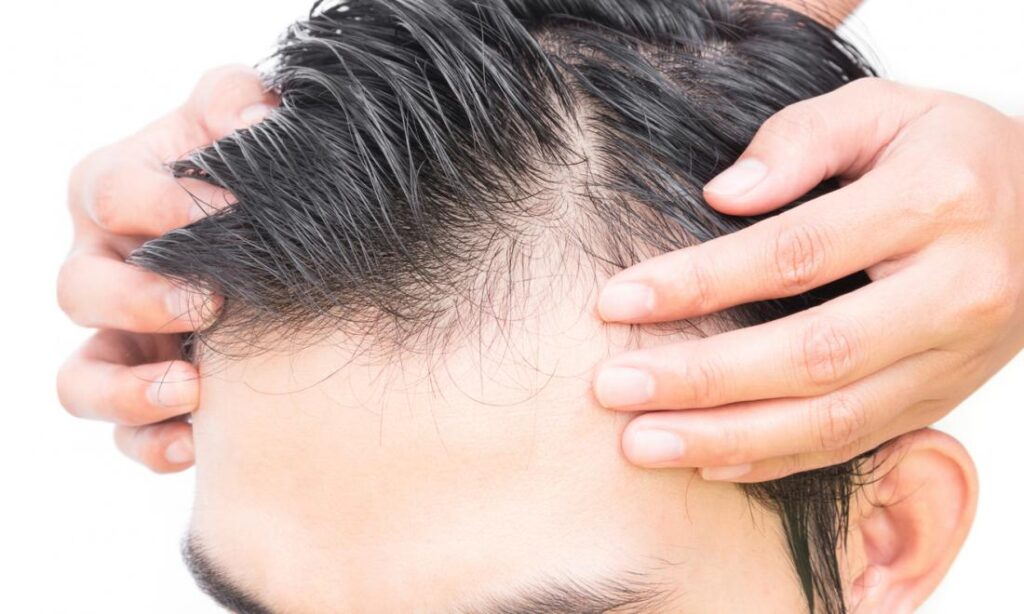Hairline receding? Thinning crown? Well, multiple factors may be playing a role. Understanding these factors and how to correct them is the first step in coping with this receding trend. In 95% of cases, hair loss in men can be attributable to a condition called androgenetic alopecia. This male pattern baldness is a hereditary condition that causes sensitivity to dihydrotestosterone, making it extremely difficult for a person to grow new healthy hair. It can also lead to further hair loss or complete baldness because of the shrinking hair follicles that eventually fail to produce hair.
Male pattern baldness has a predictable hair thinning pattern. It starts with hair disappearing from the crown and near the temples, leaving a horseshoe-shaped area of hair on the head on two sides and at the back. Another example of the pattern is hair loss on the front hairline, which gets pushed further back, revealing the head.
The typical age when guys often lose their hair
Thinning hairline or balding can dent your confidence as you constantly worry about your appearance and people making fun of your condition. But don’t let these thoughts dominate your mind because you are not the only one facing such a situation. Men go through this stage at some level in their lives. As per the hair experts, male pattern baldness caused by hereditary affects men even less than 21 years of age. Most men lose their hair or face hair loss issues near the age of 35 or so. Some believe that almost 66% of people witness this. And the rate of hair loss can be more widespread among men who are 50 years or more.
Treatments for hair loss
Although they say there are different ways to treat hair loss, depending on the cause, such as medications, proper nutrition, physical or emotional stress management, and lifestyle changes, the results may still not be desirable or satisfying. Hair loss may not be reversible also. However, you can manage your hairline with modern scalp micropigmentation (SMP) techniques. What is this hair loss treatment? Well, SMP is a minimally invasive procedure used to treat hair loss. The therapy involves injecting a natural pigment into the scalp to create the appearance of fuller, thicker hair. It can treat male and female pattern baldness and can be an effective alternative to hair transplant surgery. The treatment is safe, affordable, and does not require any downtime.
As per CTN News, you also need to know that the certified artist uses a fine-tipped pen, which tends to be minimally invasive. Some clinics also use organic and vegan-based colors for their safety and efficiency. You can believe this method to be relatively quick and easy. There are only a few risks associated with this, but most people don’t experience any complications.
So, if you have thin hair or bald patches and a hair transplant didn’t give you the kind of result you hoped, trying the latest hair restoration techniques can be worth your time and investment. You can get your thick hair back within a short time, probably in three sessions. However, visit only a well-known center for this job.

